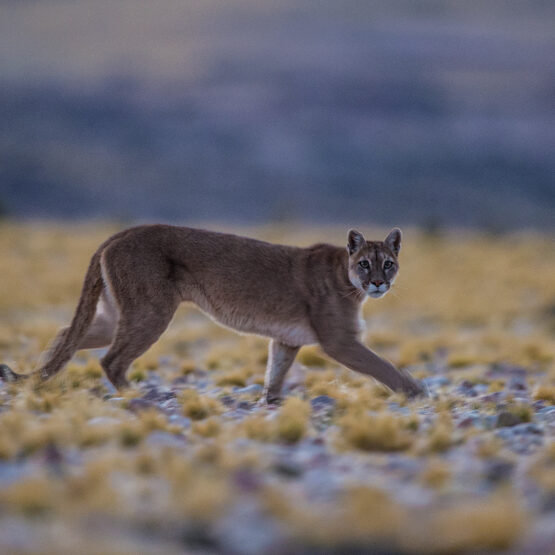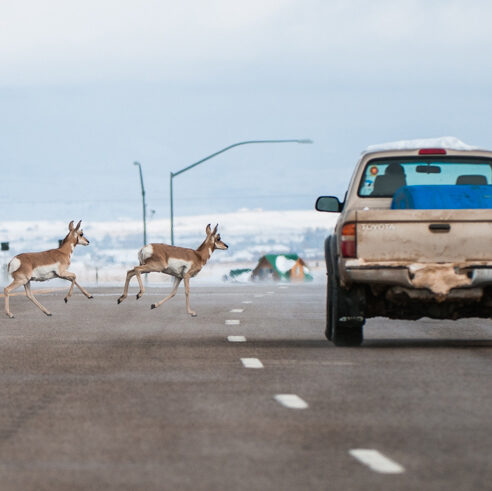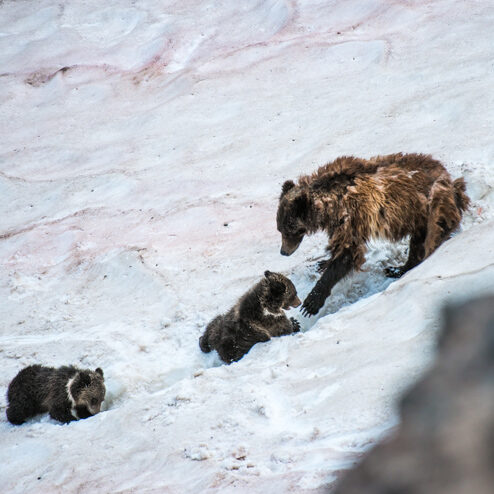Ecology of large carnivores and their prey
Predation by large carnivores can have far-reaching consequences in terrestrial ecosystems. Predators often change the numbers, behavior, and geographic distribution of their prey, and these effects can alter competitive relationships among prey and cascade to affect the plants they eat. The full scope of these diverse predator effects is not yet known in many ecosystems, and the reasons why they are much stronger in some settings than in others are still poorly understood. Meanwhile, a common group of prey animals in many terrestrial predator-prey systems, the ungulates (i.e. hoofed mammals), exhibit fascinating strategies to deal with their predators and the countervailing pressure to find food. Long-distance migrations are one particularly dramatic strategy to navigate risky and highly seasonal environments. Understanding predation, migration, and other key ecological processes is an important step to making sound conservation and management decisions.
The role of wildlife in large landscape conservation
Wide-ranging wildlife are the ultimate connectors. Few wilderness areas are large enough to support large carnivore populations over the long term, so their conservation and restoration often requires the participation of nearby communities. Meanwhile, ungulate migration routes are especially illustrative: they are transects of both natural and human landscapes, crossing many obstacles and encountering diverse stakeholders and management approaches along the way. In this way, wide-ranging wildlife have a unique power to expose shortcomings in current management and policy, while also revealing coalitions of stakeholders who hold the power to change them. We are very interested in how our wildlife research and the way we conduct it can help foster collaboration and transboundary problem-solving across large landscapes.
Ecology and management of human-wildlife conflicts
Large mammals damage things people care about. Large carnivores can injure and kill domestic livestock - or even people in some cases. Large herbivores like ungulates prey can consume agricultural crops or native grasses otherwise available to livestock; they can also damage fences and transmit diseases. The resulting conflicts, both real and perceived, foment intolerance for wildlife and, importantly, for the organizations who work to conserve and manage them. Understanding the patterns of these wildlife conflicts and what causes them is a major focus of our work. We are also interested in evaluating the effectiveness of methods to manage these conflicts.


